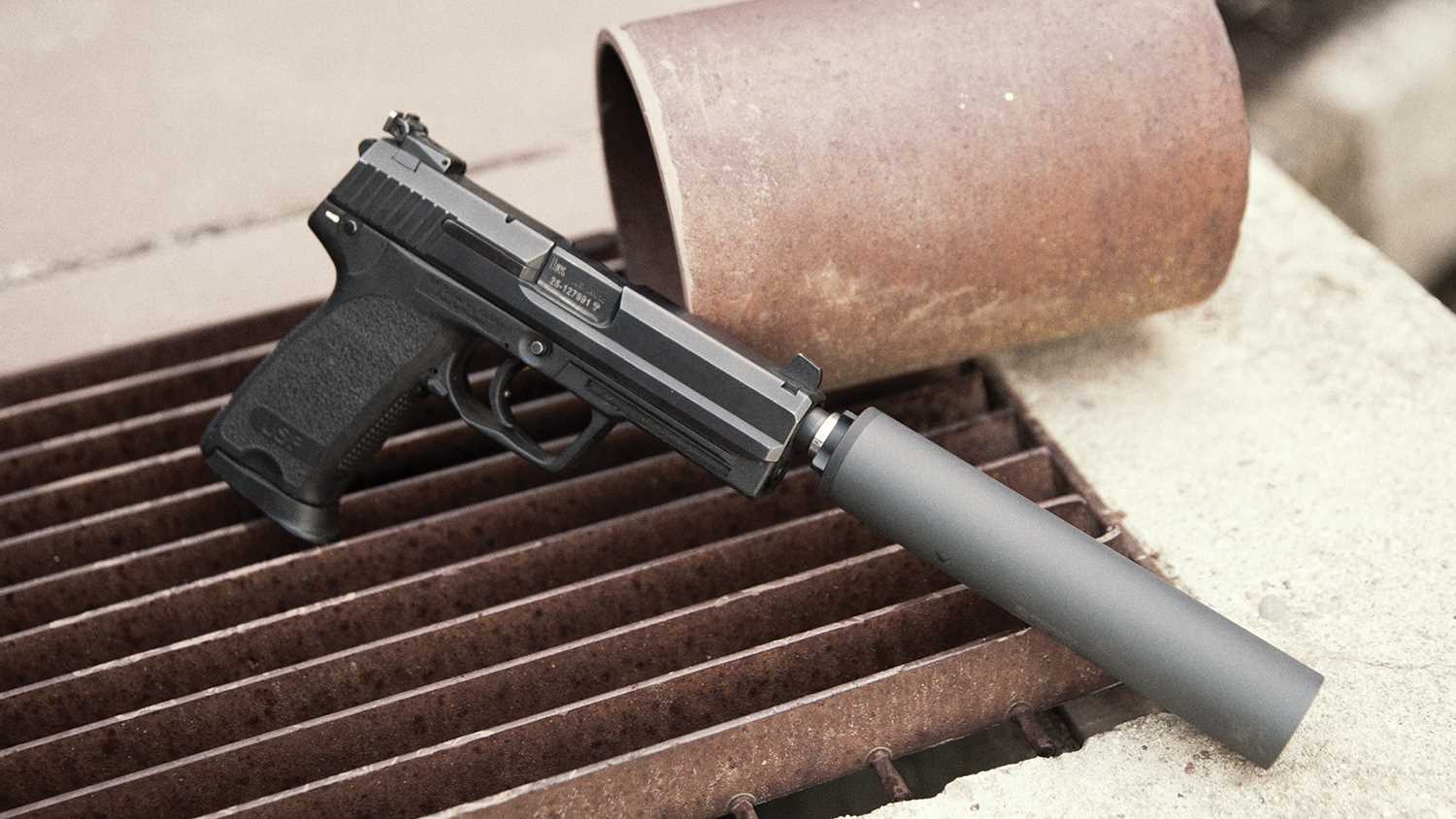Not true. From 18 USC §921:
"The terms "firearm silencer" and "firearm muffler" mean any device for silencing, muffling, or diminishing the report of a portable firearm, including any combination of parts, designed or redesigned, and intended for use in assembling or fabricating a firearm silencer or firearm muffler, and any part intended only for use in such assembly or fabrication."
The ATF's interpretation is that if the parts can be assembled into a single silencer that meets the parameters listed on the form 1 or 2 for that silencer with no spare parts it is a single silencer. This allows modular and user serviceable silencers to be treated as a single silencer. If you can't make a silencer using every part the spare parts are considered silencers on their own. Mounts are generally exempt since they can be used on things other than silencers, and end caps are generally exempt because consistency isn't the ATF's strong suit.


